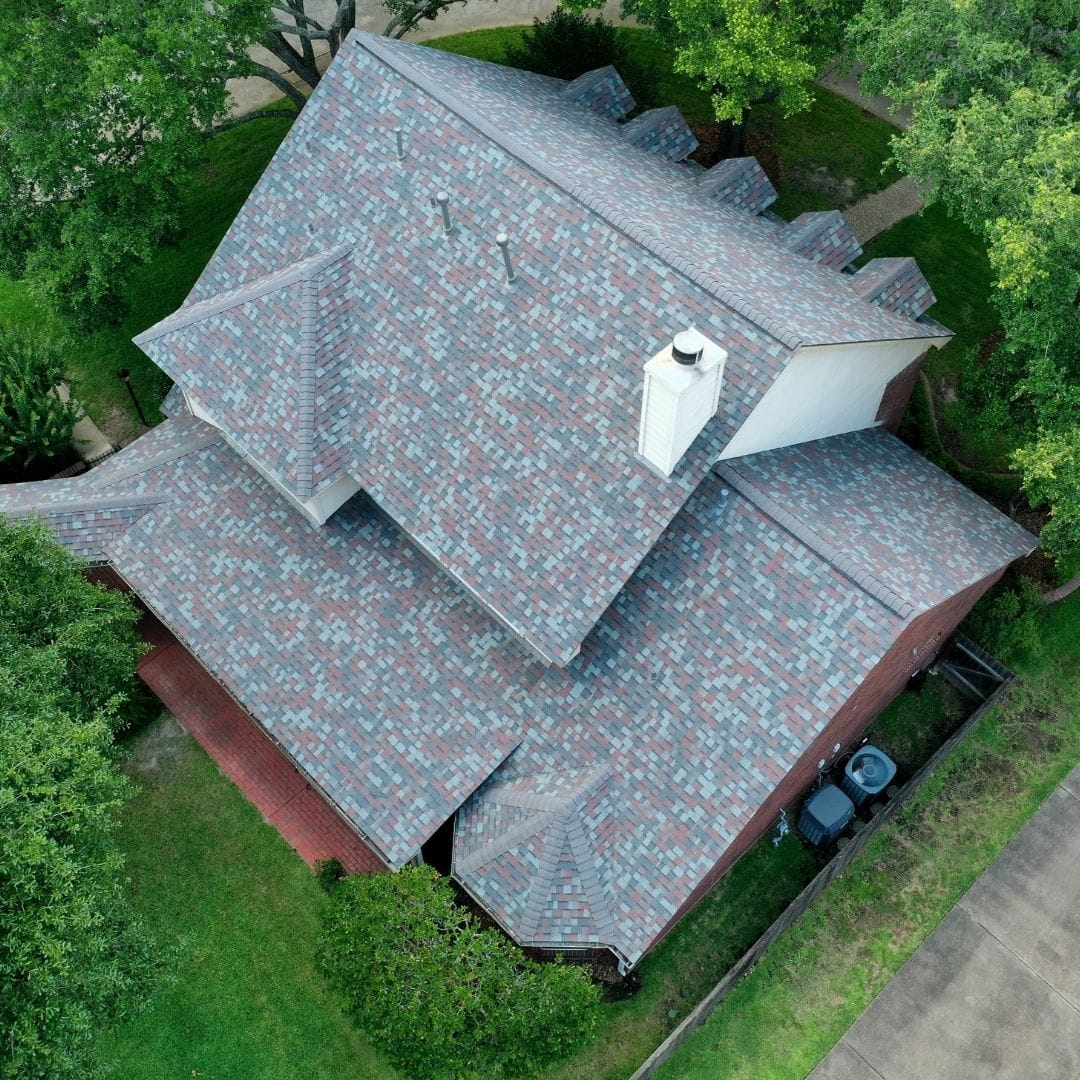This is the Art of Roofing Repairing: When is it best to Mend and When is it best to Swap out

When it comes to maintaining the preservation of your home, your roof is arguably one of the most critical components to consider. It not only protects your living space from external factors but also plays a key role in your home's energy conservation and overall value. However, roofs are vulnerable, and over time, they can fall victim to wear and tear, making it crucial for homeowners to understand when it's time for repairs or a full replacement.
Figuring out whether to patch a small problem or invest in a full roof replacement can be challenging. helpful hints come into play, including how old and worn your your roof, the type of materials used, and the particular challenges before you. With a wide range of roofing materials and styles available, coupled with the potential dangers of delaying necessary work, it's important to be informed. This guide will provide information about how to assess your roof's condition, spot the signs that repairs are needed, and explore the elements involved in choosing between a patch and a replacement.
Determining When to Repair or Replace entirely Your Roofing
Deciding whether to fix or replace your roofing can be a daunting task for any homeowner. It’s crucial to evaluate the condition of your roof regularly, as underlying issues can lead to major construction damage if left unaddressed. Indicators such as absent shingles, severe granule loss, or water stains on the ceiling indicate that immediate action is necessary. A general rule of thumb is to consider the lifetime of your roofing; if it’s nearing the end of its expected lifespan, a new installation may be more cost-effective than ongoing maintenance.
Another factor to take into account is the degree of the damage. If the issues are concentrated, such as a few missing shingles or minor leaks, a repair might be enough. However, if you notice widespread issues, such as sagging, mold growth, or internal harm, these can be signs that a full replacement is in order. Additionally, the type of roofing plays a crucial role; some materials, like asphalt, have a shorter duration compared to metallic or tile roofing, making the decision process varied based on what your roof is made of.
Finally, monetary considerations cannot be ignored. Understanding how much a fresh roof costs and the factors affecting that cost can aid in your decision-making process. While fixes may seem less expensive upfront, consistent problems could build up costs that exceed a new roof investment. When in doubt, consulting with a qualified roofing contractor can provide precious guidance tailored to your unique situation, guaranteeing that you make an informed decision.

Common Roof Challenges and Solutions
One of the most problems home owners encounter is roof leakage. Water leaks can occur due to multiple reasons, such as broken shingles, improperly installed flashing, or blocked gutters. To address a leak, it is essential to find the origin, which may require an inspection from a certified roofing expert. Once determined, fixing or replacing broken tiles and making sure that all flashing is properly secured can generally fix this problem, stopping more water harm to the house.
Another common roofs issue involves the deterioration of shingles. Over time, shingles can wear out due to being subjected to the weather, leading to concerns such as warping, breaking, or missing of granules. Homeowners should consistently check their roofs for clues of shingle damage and think about updating any deteriorated shingles before they result in problems or permit physical harm. In instances where significant tile breakdown is obvious, a total rooftop replacement may be needed for adequate upkeep and protection.
Lastly, inadequate attic ventilation can lead to issues such as heat increase, humidity accumulation, and frozen dam creation in chillier climates. Sufficient airflow helps manage temperature and permits moisture to escape, prolonging the longevity of a rooftop. If a property has issues related to airflow, adding air vents or changing existing ventilation systems can significantly enhance ventilation. Working with a roofing expert can help house owners recognize the optimal solutions for maintaining proper ventilation in their attics.
Roofing Materials and Their Lifespan
When selecting roofing materials, knowing their durability is crucial for property owners. Asphalt shingles, one of the most popular choices, generally last from 15 and 30 years based on the grade and installation. They are preferred for their affordability and simple installation, but their limited durability means owners may experience replacement sooner. Proper maintenance can assist lengthen their duration, yet harsh weather conditions can significantly reduce their lifespan.
Metal roofing has gained popularity due to its strength and potential lifespan of 40-70 years. Available in various colors and styles, metal roofs are recognized for their ability to extreme weather conditions and fire. While the initial investment may be more costly than asphalt, many property owners find the advantages over time, including energy efficiency and reduced upkeep, make it a worthwhile choice.
Tile roofs, such as concrete or clay, are well-known for their durability and can last over 50 years with proper maintenance. They are often chosen for their visual attractiveness and ability to withstand harsh weather. However, the weight of tile roofs requires adequate structural backing, which can increase building expenses. Recognizing the durability and particular needs of each roofing material is essential for making well-thought-out choices about replacement and maintenance.
